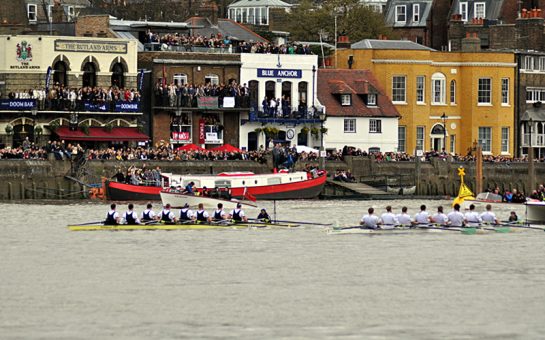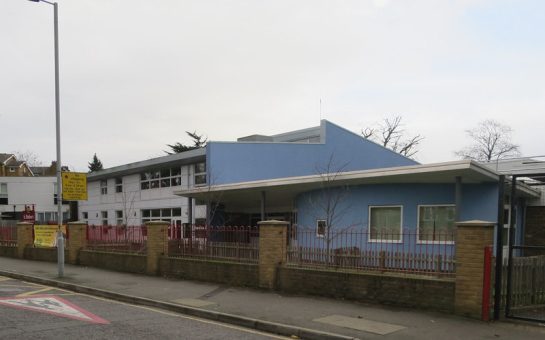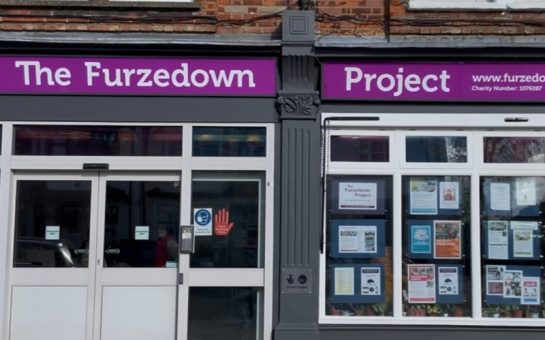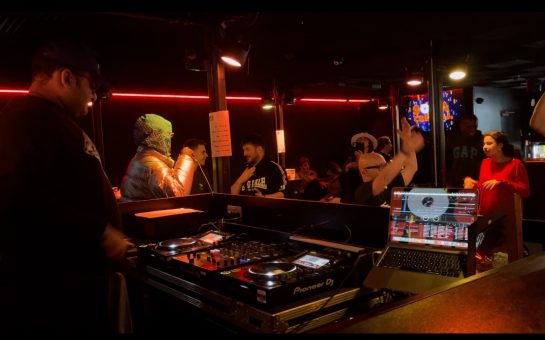Sadiq Khan has launched tougher air pollution penalties following shocking news that seven of the 20 pollution hotspots in London are in the south west, and diesel cars could be the problem.
Figures from ClientEarth show that Wandsworth’s Putney High Street is the most polluted street in London — now even worse than Oxford Street where nitrogen oxide levels are almost three times the World Health Organisation maximum guideline.
On Tuesday July 5 new London Mayor Mr Khan launched the world’s toughest air pollution penalties with a £10 ‘toxicity charge’ which will help provide vital relief to pollution in south west London.
“With nearly 10,000 people dying early every year in London due to exposure to air pollution, cleaning up London’s toxic air is now an issue of life and death,” said Mr Khan.
“Urgent action is now needed to ensure Londoners no longer have to fear the very air we breathe.
“That’s why I’m launching a hard-hitting plan of action to clean up our filthy air.
“Tough challenges call for tough measures, so I’m proposing a new £10 charge for the most polluting vehicles in central London from 2017, followed by an even stronger crackdown on vehicles pumping out hazardous pollutants.
“This is just a small part of the wider measures I’m consulting on to protect the health of Londoners.
“And I urge everyone to respond and share their views and ideas to help tackle this public health emergency.
“I am also calling on the government to work with me and to take more action to tackle air pollution. We can’t do this alone in London.”
The seven hotspots in south west London are Putney High Street in Wandsworth, Shepherd’s Bush in Hammersmith and Fulham, Wallington in Sutton, Earls Court Road and Kings Road in Kensington and Chelsea and Lambeth’s Brixton Road and Bondway Interchange.
ClientEarth lawyer Alan Andrews said: “London’s toxic and illegal air undermines its status as a world-class city.
“London is consistently breaking legal limits for pollution and Londoners want Mr Khan to take tough action to clean it up.
“We need to get the dirtiest vehicles out of London so we are not choking on illegal levels of air pollution until 2025. The time for excuses is over.”
Clean Air in London figures show that the death figures from air pollution are highest in Barnet, Croydon and Bromley, based on Public Health England figures for regional mortality rates from PM2.5 pollution — ultra-fine pollution that lodges deep in the lungs.
London’s toxic air has traditionally been viewed as a central London issue, with Oxford Street being singled out as the most polluted street in the world, but the actual picture is more severe.
The figures show air pollution is London-wide and getting worse, with the threat actually highest in the suburbs and areas like Croydon, as more people live there.
Mr Khan’s toxicity charge — or pollution charge — which will be added on top of the current congestion charge from 2017, is billed as a critical step-change to improving the health of Londoners.
A central London Ultra Low Emission Zone (ULEZ) will then be introduced from 2019 across the same area as the current congestion zone, charging £12.50.
While Croydon’s air pollution is low by London standards, it is well above the England average.
It is with this knowledge that Mr Khan has pledged to increase the size of the ULEZ deep into the suburbs, expanding it in area by ten times by 2020, to the North and South Circular roads.
Although this does not reach outer London including areas such as Croydon, many vehicles in outer London will likely change to prevent charges on trips to inner London.
Clean Air in London are campaigning for the total banning of diesel vehicles from the capital, because diesel vehicles are responsible for 90% to 95% of PM2.5 exhaust emissions from road transport.
Founder and director of Clean Air in London Simon Birkett, said: “It is mathematically impossible to reduce PM2.5 without banning the most polluting diesel vehicles.”
Mr Birkett welcomes Mr Khan’s expansion of the former mayor Boris Johnson’s ULEZ.
He said: “At a stakeholder meeting I attended run by Transport for London, not one person considered Boris’ so-called Ultra Low Emission Zone ambitious – it would simply charge diesel vehicles a modest amount to drive in central London from September 2020.
“The top two priorities for Mr Khan must be a bigger, smarter and stronger ULEZ well before 2020 and massive investment in active travel and public transport.
“London has a catastrophic diesel problem that the previous mayor has left to Mr Khan to sort out.”
Images courtesy of Chris McKenna, with thanks




